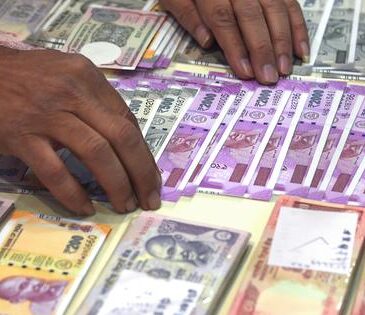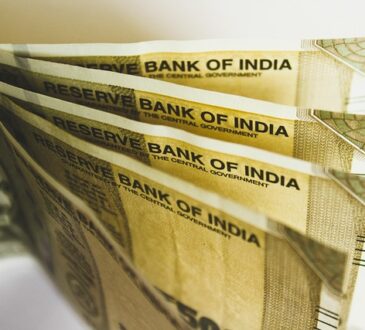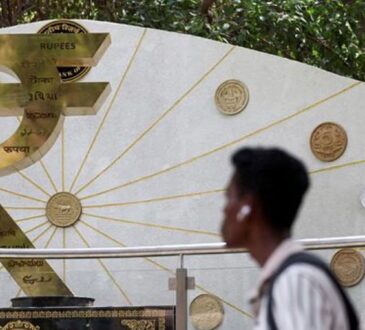New Delhi: The series of tariffs announced by the US will have negative credit implications for debt issuers across emerging markets, particularly export-reliant companies, with broader trade uncertainty set to weigh on consumer, business and financial activities, Moody’s Ratings said in a report on Tuesday.
Companies with significant exposure to US-bound tariffed goods face the most direct risks, the rating agency said in a report on tariffs in emerging markets.
However, Moody’s warned that a much larger pool of debt issuers will suffer indirectly through slowing economic growth, declining commodity prices, depreciating currencies and rising investor risk aversion.
“Outside of China, companies in the auto and chemicals sectors in Latin America and South and South-East Asia are among the most exposed, although some have mitigants,” it added.
Asian economies—due to direct US trade ties and integration with Chinese supply chains—face the highest risks after China.
While tariffs may slow post-pandemic fiscal recovery, increased intraregional trade offers some relief, the rating agency said.
Commodity-exporting sovereigns could see revenue pressure from falling prices, while those with large foreign-currency debts, weak reserves or fiscal fragility remain exposed to capital outflows and risk aversion, it added.
Tariff strains
In April, the Trump administration imposed a 27% ‘reciprocal’ tariff on Indian goods, citing India’s average 52% tariff on US imports.
The move has added strain on trade, currency and capital flows, creating challenges and potential opportunities for India.
On 9 April, Washington temporarily eased duties on several trading partners, including India, lowering the reciprocal tariff rate to 10%.
For India, the challenge is twofold: managing short-term disruptions and positioning itself for longer-term gains.
The tariff announcement comes against the backdrop of a broader slowdown in economic momentum. Gross domestic product (GDP) growth in the December quarter (Q3 FY25) rose to 6.2%, recovering from a near two-year low, but to meet the National Statistical Office’s revised full-year projection of 6.5%, the economy must grow 7.6% in the March quarter—an ambitious goal amid persistent global uncertainty and weak domestic demand.
Also read | US farm produce, petrochemicals, medical devices face India’s $1.9 billion retaliatory tariffs
Moody’s said that though ports are most susceptible to a tariff-induced slump in global trade, exposure to tariffs is low for other rated infrastructure entities, including airports, passenger railways, toll roads and power projects.
However, a weakening macroeconomic environment is eroding corporate and consumer confidence, reducing both the appetite for new loans and the ability to service existing debt, it added.
“Additionally, tariff-driven volatility in foreign exchange rates can cause financial losses for the many emerging market banks with more foreign-currency assets than liabilities,” it said.
“And if central banks reduce policy rates in response to slowing economic growth, banks’ profitability would decrease,” it added.




